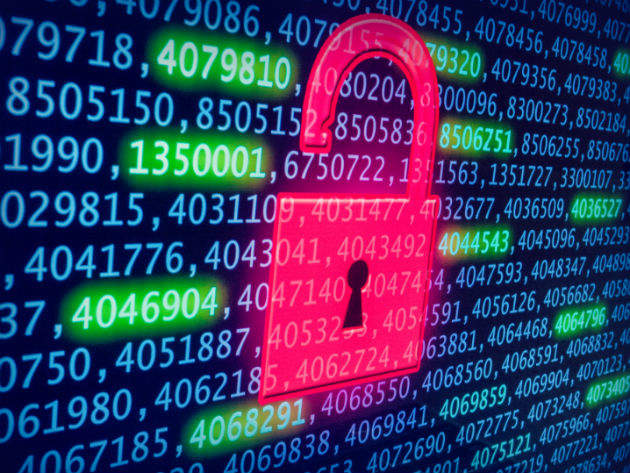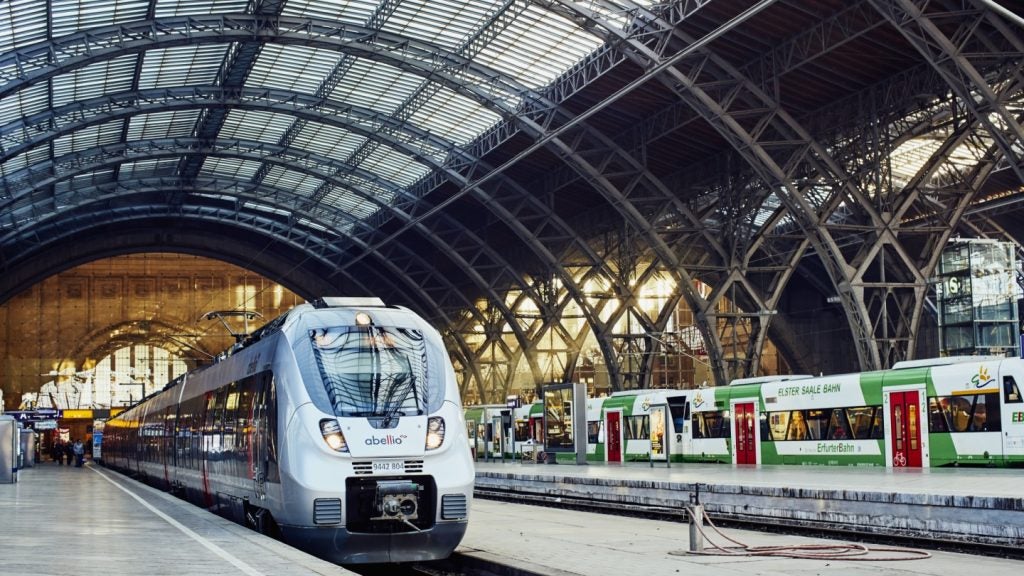

At the ERTMS and ETCS 2017: The Future of Railway Signalling in the UK, event, held on 22nd March and organised by Waterfront, representatives from the likes of the Department for Transport, Network Rail, HS1, Thales, and Siemens, debated the opportunities and challenges of implementing a new signalling system in the UK.
The European Rail Traffic Management System (ERTMS) is replacing traditional signalling across Europe, using wireless technology and computerised in-cab signals. One of the basic components of this is ETCS, or the European Train Control System, which acts as an automatic train protection system.
The benefits are mostly distilled into interoperability, safety, and greater capacity. The likes of Switzerland and Belgium are moving at quite a speed, and there was little doubt amongst attendees that ERTMS is a necessity – the sooner, the better, they say.
But, while terms like ‘digital railway’ sound great on paper, there are other considerations to take on board; some of which are not particularly pleasant.
How well do you really know your competitors?
Access the most comprehensive Company Profiles on the market, powered by GlobalData. Save hours of research. Gain competitive edge.

Thank you!
Your download email will arrive shortly
Not ready to buy yet? Download a free sample
We are confident about the unique quality of our Company Profiles. However, we want you to make the most beneficial decision for your business, so we offer a free sample that you can download by submitting the below form
By GlobalDataSee Also:
Hackers looking at railways
To their credit, rail bosses are aware of the potential threat. This can be seen in the fact that cyber was given its own slot at ERTMS and ETCS 2017. Cyber security cannot be an afterthought – something that is implemented after the technology and subsequent digital communications are in place.
Last year the UK Department for Transport released a guidance document, ‘Rail Cyber Security’, which noted: “Railway systems are becoming vulnerable to cyber-attack due to the move away from bespoke stand-alone systems to open-platform, standardised equipment built using commercial off the shelf components, and increasing use of networked control and automation systems that can be accessed remotely via public and private networks.” It makes clear that the guidance applies to ERTMS and other “on-train systems”.
Last summer, a company called Darktrace claimed that the UK rail network had been hit by at least four major cyber-attacks over a 12-month period. Professor David Stupples from City, University of London, told Sky News in July: “With ERTMS, when it comes in, terrorist organisations will start viewing this as a possible target. As it rolls out across the country, it becomes more of a target.”
A group called SCADA StrangeLove has also released information which purports to show flaws in railway systems, while in 2008 a teenager hacked into a Polish tram system, causing a derailment and general chaos and confusion.
Speaking at ERTMS and ETCS 2017, Robin Bloomfield, a partner at Adelard, an independent consultancy firm, told of how people are now more interested in railways. The sector has become a viable target for hackers – whether they are individuals acting alone, nation states, or rogue insiders. The impact could be loss of service or worse, loss of life and injuries.
Then there are the soft targets, such as public address systems and information boards, which could be hacked to cause public confusion.
Bloomfield, alongside colleagues, has contributed to Adelard’s risk assessment of ERTMS-based railway systems. It concludes that the next generation of signalling has the potential to bring with it greater risk, partly because of increased connectivity. However, on the flip side, this connectivity does, stated Adelard, present the opportunity to develop stronger, more secure systems.
The threats are evolving all the time. Security has to keep up.






